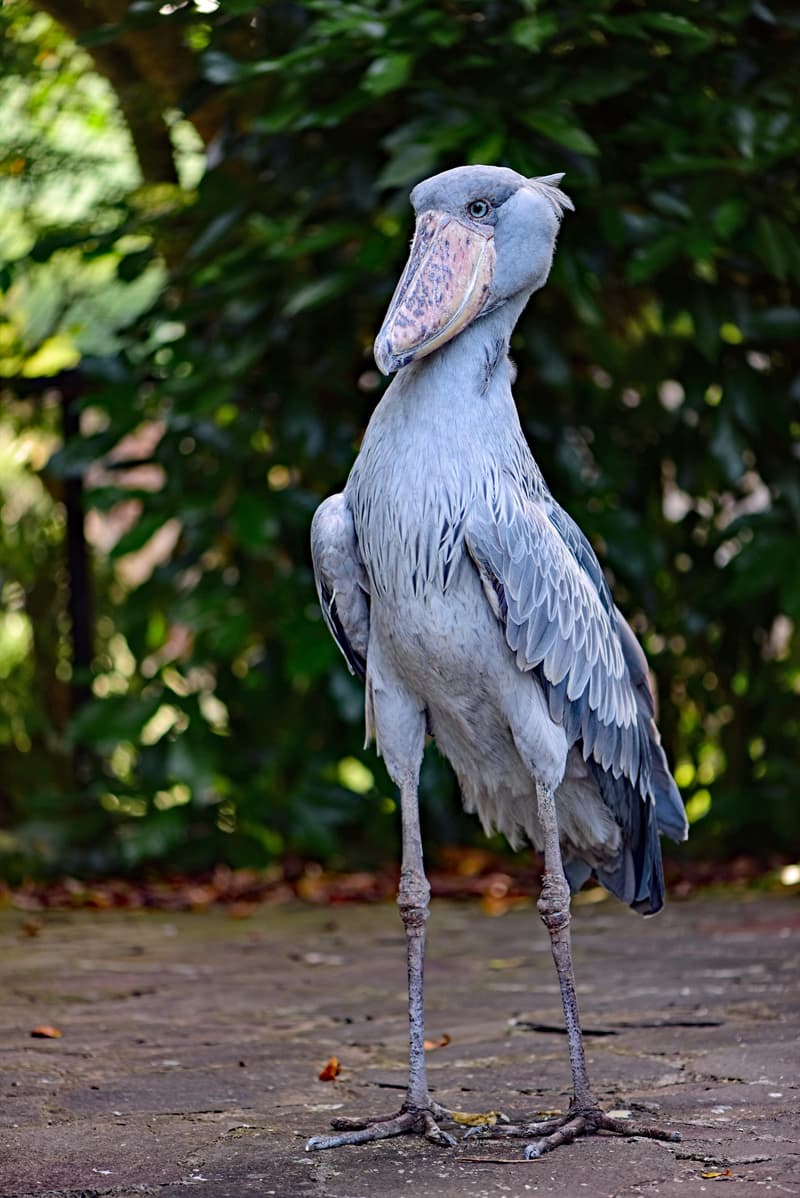

Since fish here need to come to the surface more often, it’s easy to see why birds like the shoebill stork will gravitate towards such an area. It’s also possible to find the shoebill stork where there are things like poorly oxygenated water. You will find these in areas of flood plain that also have reedbeds and undisturbed papyruses. When it comes to the type of habitat they like, the shoebill stork will usually choose dense marshes and freshwater swamps. One thing to note about the shoebill stork habitat is the fact that it normally lives where you can find lungfish and papyrus. There are some smaller shoebill stork populations that live in Rwanda and the eastern part of Zaire. Most of the populations are indigenous to southern Sudan, northern Ugandan wetlands as well as the Bangweulu swamp. You can find the shoebill stork in Africa, more specifically the East-Central part of Africa. That helps the bird move faster, and it’s making it different in a variety of ways. Unlike other birds, however, the shoebill stork doesn’t have any webbing in between the legs. As you can see from its looks, the shoebill stork comes with very long, black-ish legs. One thing to consider about the shoebill stork is the fact that the eyes are grayish-white or even yellow in color. That helps the bird catch fish with ease and eat it without a problem.

Another thing to consider here is that the shoebill stork mandible has a very sharp edge. The bill color is yellow, but in many cases it does have some blotchy dark spots. On top of that, it has a curved, sharp hook towards the end. The shoebill stork bill is their prominent feature and it’s very similar to a wooden shoe. That crest is covered, and the juveniles tend to have a darker shade most of the time. This will sometimes appear in the form of a crest. When you see the shoebill bird, you will notice some tuft of feathers on the back of their head. When it comes to their underparts, they have light touches of gray, which is something to take into consideration. Their primaries are black-tipped, while their secondary comes with a green tint. Another thing to consider when it comes to the shoebill stork is the fact that it has a blue-gray, slaty plumage. Males are usually taller than females and they will also have a much longer bill. Most of the time it will be anywhere from 110 to 140 cm in height. The shoebill stork is amongst the largest birds in the world.


 0 kommentar(er)
0 kommentar(er)
